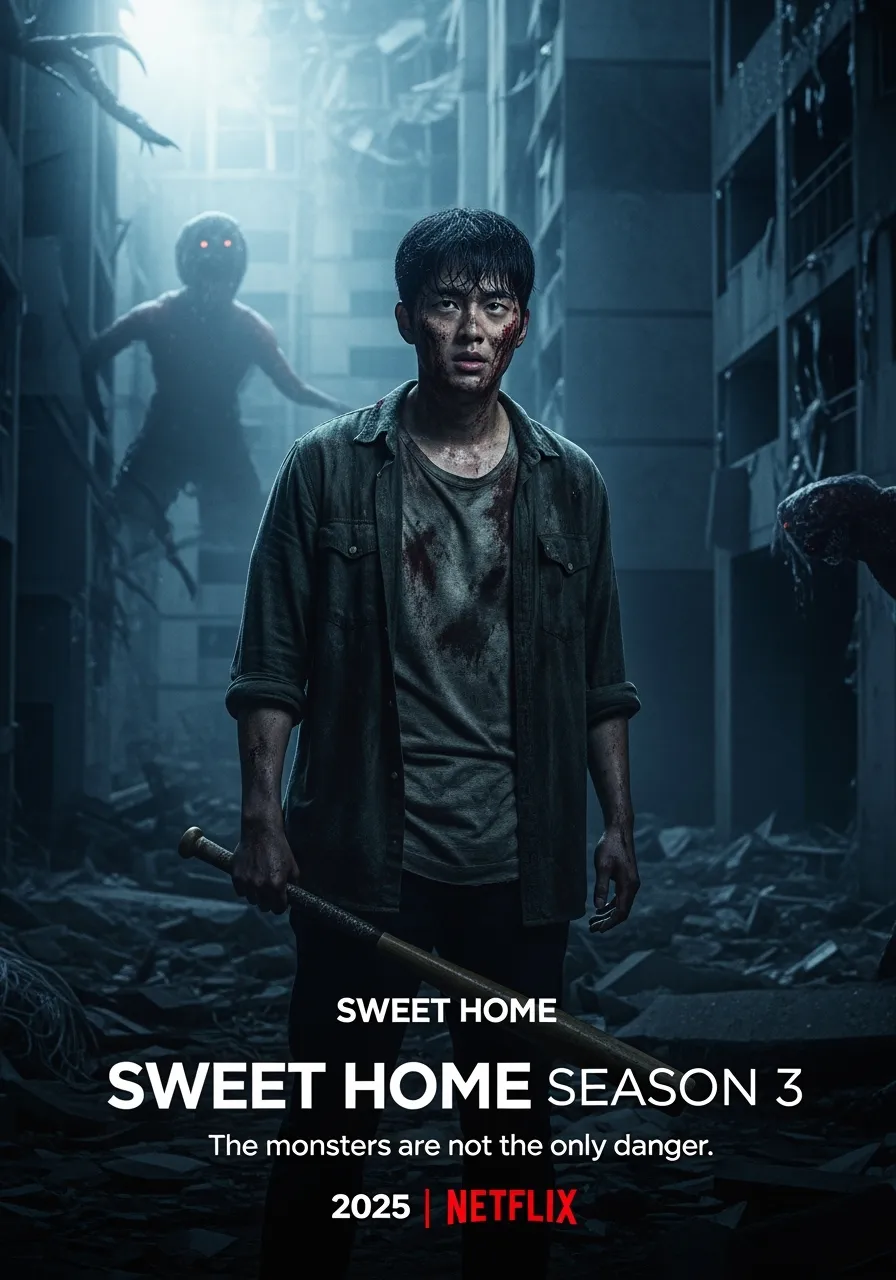🕶️ Introduction: The End of an Era — On Bond’s Own Terms
No Time to Die is not just another installment in the James Bond franchise. It is an epilogue, a requiem, and a tribute. Directed by Cary Joji Fukunaga, this film does what no other Bond film dared to do: it dismantles the myth of invincibility and gives 007 something he has rarely been allowed — a soul and a legacy.
It’s a farewell five films in the making, soaked in regret, love, and sacrifice. For a character built on control, No Time to Die finally asks: What happens when Bond has something to lose?
🔥 Plot Summary: Love, Betrayal, and the Final Mission
Five years after the events of Spectre, James Bond has vanished from the world of espionage, choosing a life of solitude in Jamaica. But peace never lasts for Bond. When Felix Leiter (Jeffrey Wright) arrives asking for help to retrieve a kidnapped scientist, Bond is pulled back into a web of danger tied to a bioweapon called Project Heracles — a virus coded to DNA that can selectively kill its target.
The mission reveals a new threat in the form of Lyutsifer Safin (Rami Malek), a scarred and vengeful villain with a god complex — and ties to Bond’s old nemesis Blofeld. But the emotional core of the film lies with Madeleine Swann (Léa Seydoux), Bond’s love from Spectre, whose secrets unravel as the past returns with devastating consequences.
As alliances shift and enemies grow more personal, Bond must confront not only global annihilation but the most human stakes he’s ever faced. Because this time, saving the world might mean losing everything.

🎭 Character & Performance: Bond at His Most Human
Daniel Craig, in his final outing, delivers a layered, powerful performance that cements him as the most emotionally complex Bond to date. His 007 is no longer the ice-cold assassin — he is wounded, guarded, and quietly aching. Craig’s final scenes are arguably the most moving in the franchise’s 60-year history.
Léa Seydoux brings strength and sorrow to Madeleine. No longer just the love interest, she becomes a pivotal emotional force — embodying both Bond’s hope and his vulnerability.
Rami Malek as Safin is haunting and methodical, though underwritten compared to villains past. His calm menace offers a chilling contrast to Craig’s burning intensity, even if his motivations remain cryptic.
Meanwhile, Lashana Lynch as Nomi — the new 007 in Bond’s absence — brings a modern energy and sharp edge to MI6, challenging the traditional masculine mantle without needing to replicate it.
And returning faces like Ben Whishaw (Q), Naomie Harris (Moneypenny), and Ralph Fiennes (M) remind us of the franchise's beating heart — the ensemble of flawed, loyal professionals behind the legend.

🎬 Direction & Visual Style: Fukunaga’s Bond is Operatic
Cary Joji Fukunaga approaches Bond not with the cool detachment of spy thrillers past, but with a grand, operatic sweep. From the romantic Italian prologue in Matera to the misty forests of Norway and the island lair of the finale, the film’s cinematography (by Linus Sandgren) is lush, precise, and emotionally charged.
The action — especially a stairwell shootout in the third act — is brutal, intimate, and fluidly choreographed. But what elevates the film is the emotional tempo. Fukunaga isn’t afraid of stillness, silence, or sadness — and that’s what makes this Bond film unlike any other.
🎼 Music: Old Echoes, New Heartbeats
Hans Zimmer’s score blends classic Bond motifs with melancholic undercurrents. It honors the legacy of John Barry while carving out its own identity. The use of Louis Armstrong’s “We Have All the Time in the World” — a direct echo from On Her Majesty’s Secret Service — lands with devastating poignancy.
Billie Eilish’s theme song, with its ghostly vocals and sorrowful tone, sets the mood for a Bond who is already emotionally bleeding before the first bullet is fired.

🧨 Themes: Legacy, Love, and Letting Go
At its core, No Time to Die is about closure. Craig’s Bond was always marked by trauma — from Vesper Lynd’s betrayal to M’s death. This film gives him the chance to choose sacrifice, not out of duty, but out of love. It's a film that asks what kind of man Bond has become — and what kind of world he’s leaving behind.
It’s also a meditation on fatherhood, mortality, and emotional inheritance. Bond, the eternal loner, is no longer alone — and that, more than any bullet or explosion, is what gives the film its power.
🧷 Critique: Imperfections Within Greatness
-
At 163 minutes, the film can feel long in its middle act.
-
Safin, while intriguing in performance, lacks the full development or menace of previous Bond villains.
-
Some subplot threads (e.g., CIA dynamics, the virology element) feel underused or quickly resolved.
But these are minor flaws in a film that aims — and mostly succeeds — in being both blockbuster and elegy.
🏁 Conclusion: A Bold, Emotional Goodbye
No Time to Die is a Bond film that dares to feel — not just thrill. It closes the book on Daniel Craig’s era not with a wink and a martini, but with a full-hearted goodbye that honors the pain, growth, and humanity of a character we thought we knew.
It’s a landmark not just for the franchise, but for action cinema as a whole — proving that even the most iconic heroes can evolve, bleed, and leave behind more than just a legend.
⭐ Final Rating: 9.2/10
Ambitious, heartbreaking, and thrilling — a farewell worthy of the man who changed what 007 could be.
-1749470624-q80.webp)
-1748427036-q80.webp)
-1740282288-q80.webp)

